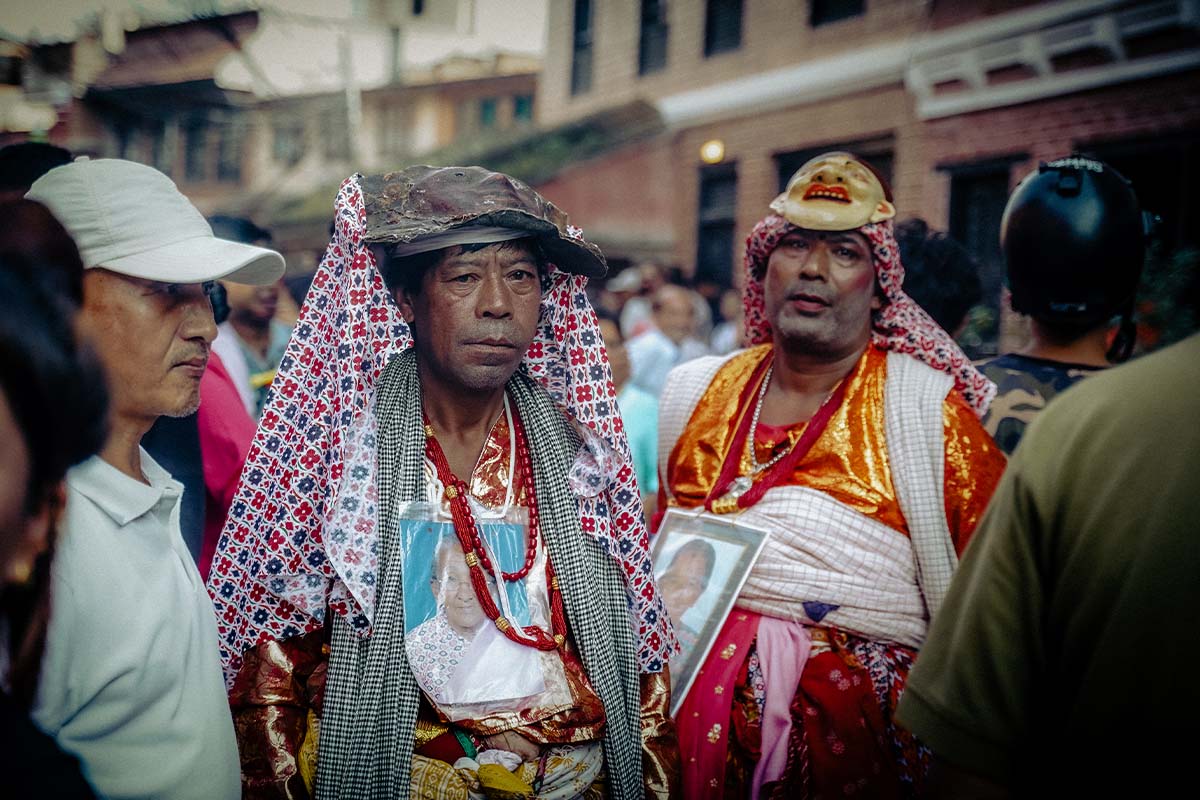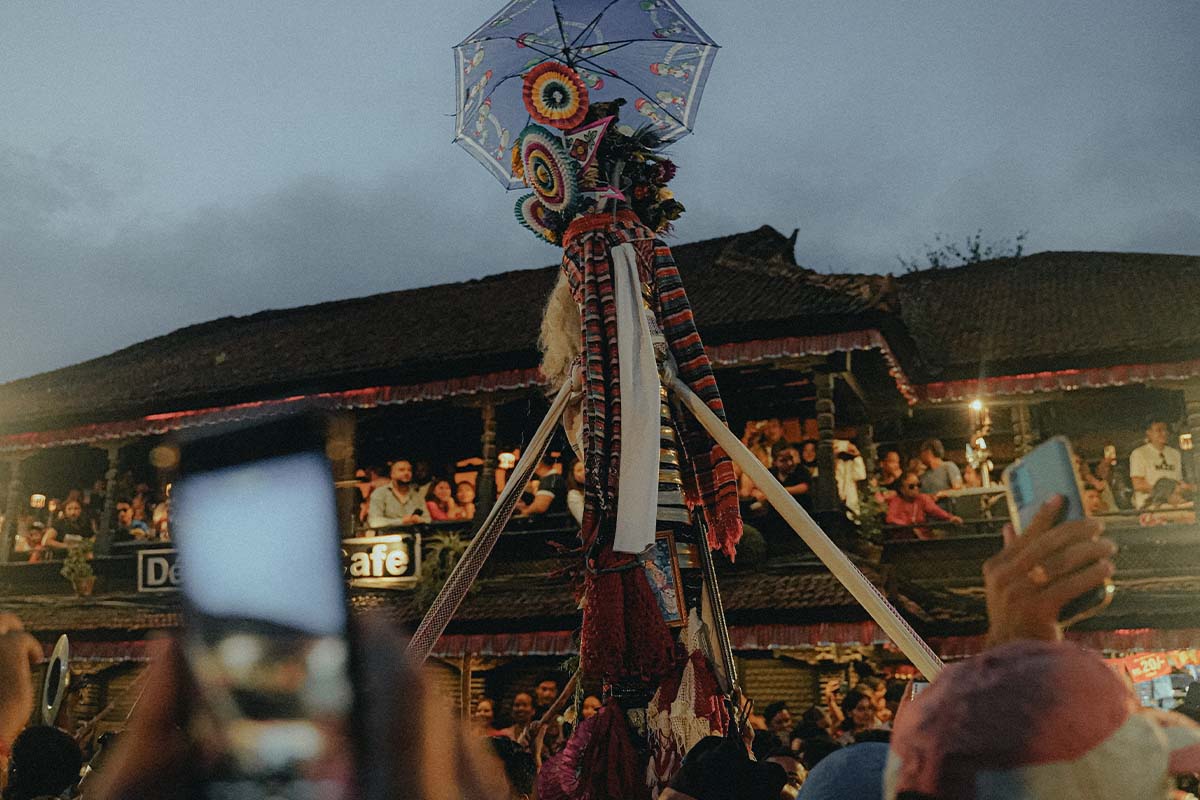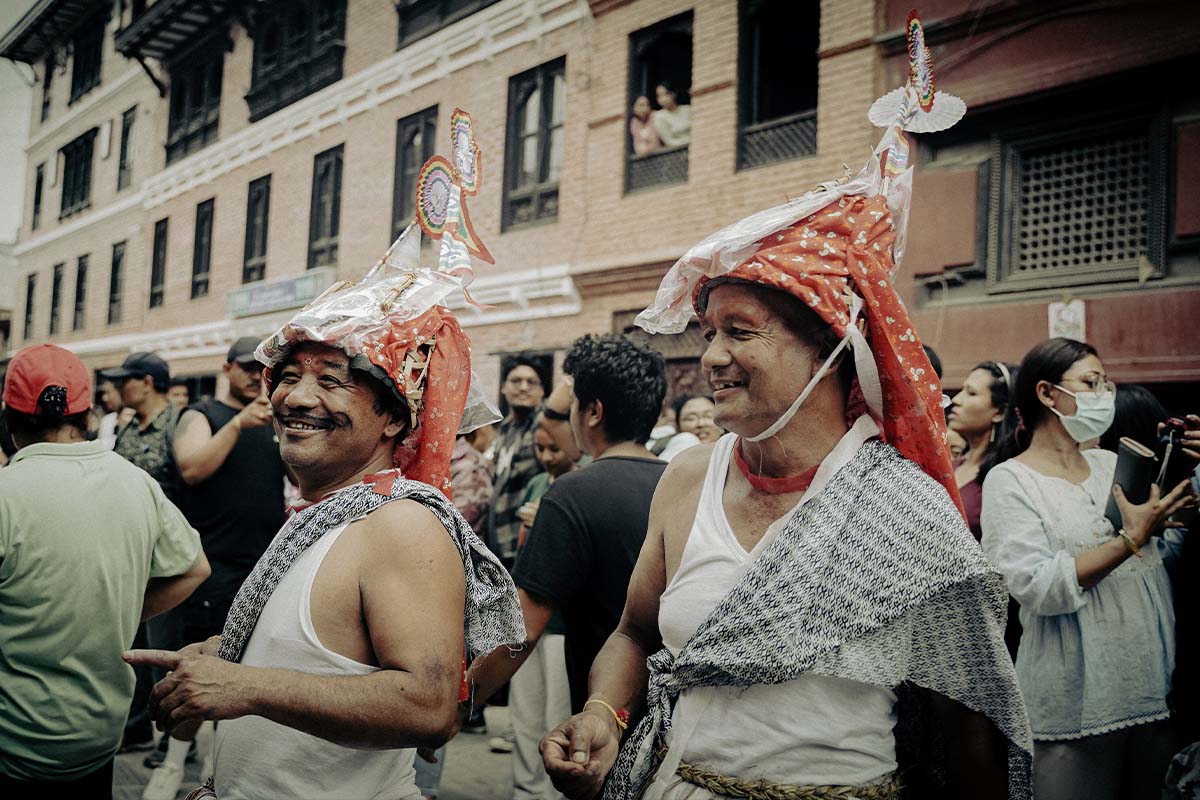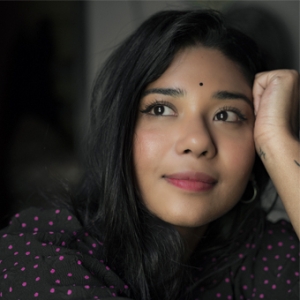A Newari festival of Nepal, introduced by a Malla King to deal with his personal tragedy, Gaijatra is not just a festival but a therapy for the family that has lost their loved ones. The unique festival of Gaijatra in Nepal celebrates the most depressing incidents with hope, consolation, and learning to live a happy life even as you miss the ones that are gone. Gai Jatra is celebrated to pay homage to the deceased family members and to share the grief of the family.
Gaijatra in Kathmandu started during the reign of King Pratap Malla when his queen could not cope with the demise of their son Prince Chakravatendra Malla, the commoners came out with cow procession and also attempted to make the queen smile through comic performances as per the king’s command. The procession and comedy performances/competitions continue to date.
This festival is mainly celebrated in the Kathmandu valley, including Bhaktapur and Lalitpur. Gaijatra usually falls around the month of August or September, depending on the Nepali calendar. This year it is on the 10th of August 2025 i.e. 26th Shrawan, 2082.
The families take part in the procession by either bringing out cows or a painting of the cow to symbolize the departure of their loved ones into the afterlife. The cow decorations are hand-painted by the members of the Newari families.
The concept of Gaijatra is not about worshiping death or mocking death but about accepting it. There's a humongous importance of Gaijatra in modern times because it keeps communities tightly bound. As a result, the commoners paint their faces as a ritual and join the march, as well as, peaceful political protests are also held.
Myths about gaijatra
According to the folklore, there are a few myths about how the tradition of Gaijatra was evoked. The most popular one is when the King of Kantipur Pratap Malla announced to the city residents the idea of dressing up, performing sarcastic skits, and granting complete freedom of speech in order to make his queen smile.
Another myth suggests that one day, a woman devastated by her child’s death came to Lord Buddha during one of his teaching sessions for help. Howling and whimpering, she demanded to bring her son back to life. Lord Buddha requested the lady to bring a handful of mustard seeds from that one house where nobody had died to date so that he could sprinkle it on the dead child and revive him. The lady agreed and went on trying to find a house where there had been no deaths but she failed. After hearing the stories of people’s deaths in each and every home she went to, she finally realized that death is inevitable.
Cows play a very significant role in Gaijatra. The reason behind bringing out a cow from the house of the dead is that it is said that the cows help navigate the way to heaven.

Gai jatra festival in Bhaktapur
Gaijatra, also known as Sa: Paru (“sa:” means “cow” and “paru” means “festival”) has been mostly celebrated by the Newars of sovereign Nepal. Gaijatra festival was formerly celebrated in Kathmandu but it slowly started spreading in Bhaktapur as a part of the festivities of the Newar community.

Folk tradition suggests that the gates of heaven unlock on the day of Gaijatra. The carriage, Taha-Macha made up of bamboo is embellished with flowers, vibrant colored clothes, and a picture or an effigy of the deceased which is circumambulated around Bhaktapur. Taha-Macha is typically accessorized according to the gender of the departed member. It is covered with Haku Patasi (a cultural Newari dress worn by the women) and Daura-suruwal (a national costume for the men). The Taha-Macha from each family is then directed by the head chariot of Bhairava.
Khokana Gai Jatra
Khokana, a former village development committee now has been merged with the VDCs of Bungmati, Sainbu, and 39 other VDCs that form the Metropolitan city of Lalitpur of Nepal. With a population of 12,786 (according to the census of 2011), 4927 are predominantly Newars.
Gaijatra procession is not that divergent from Bhaktapur but what makes the Gaijatra in Khokana distinct from other parts is because of the use of their long-established attires and masks that are area specific. The most weighted significance of this festival for the people in Khokana is accompanied by the agricultural features. They offer prayers to the deities for a good harvest and agricultural fortune.
Boys dress up in different characters and perform comedy sketches while women are usually involved in the feast (bhoj) preparations and other Gaijatra rituals.

Facts about Gaijatra
- The literal meaning of Gaijatra is cow festival. In Nepal, the festival originated to help people deal with the grief of their loss. The festival was also said to be started when people were really frustrated because of the war and they were losing their family members.
- Although the festival represents a festival of reminiscence, it also holds a very influential message of freedom of speech and expression of their feelings about the ongoing socio-political issues.
.jpg)
- There is a tradition of writing the names of the people who died the following year and considering it as a Yama’s book.
- The practice of Gaijatra involves dressing up as the opposite gender and has been looked up as a comedic route of celebration but according to the old wives’ tales, it is believed to help bring good fortune and drive out evil spirits.
In conclusion, Gaijatra has great cultural significance and sticks out as a key festival in Nepal. Born from a catastrophic life event, death, Gaijatra has become the second-largest festival celebrated in Nepal. In 2010, when the country was in a chaotic state, actors and actresses from the Nepalese film industry came together and produced a city-centric comedy series “Gaijatra”. Each year during the time of the festival the show is released and is loved by people all over the nation. The idea of Gaijatra promotes how when you share happiness it overflows and when you share your pain it subsides. Gaijatra is a tradition passed on by our ancestors to us and we are responsible for preserving and promoting it.
FAQs
Why is Gai Jatra celebrated?
Gai Jatra is celebrated to pay homage to the deceased family members and to share the grief of the family. It started during the reign of King Pratap Malla when his queen could not cope with the demise of their son Prince Chakravatendra Malla, The commoners came out with a cow procession and also attempted to make the queen smile through comic performances as per the King’s command. The procession and comedy performances/competitions continue to date.
When is Gai Jatra celebrated?
Gaijatra is celebrated around the month of August or September, depending on the Nepali calendar. Gaijatra 2082, falls on the 10th of August 2025 i.e. 26th Shrawan, 2082.
What is done with cows at Gai Jatra?
The cow is considered sacred and is worshipped as a mother in Hinduism. The reasoning behind the involvement of cows is that it is said that the cows help navigate the souls of the dead to heaven.

What does Gai jatra mean?
The literal meaning of gai is “cow” and jatra is a “march” or “festival”. The concept of Gaijatra is not about worshiping the death or mocking the death but is about accepting it.
Who introduced Gai Jatra in Nepal?
Gaijatra was introduced by King Pratap Malla to deal with his personal tragedy during the 17th century. The king announced that whoever succeeds in making the queen smile who was saddened by her son’s death would be rewarded. The sarcastic comical performances successfully made the queen burst into laughter so from that day on King Pratap Malla converted it into an annual celebration.





.jpg)

